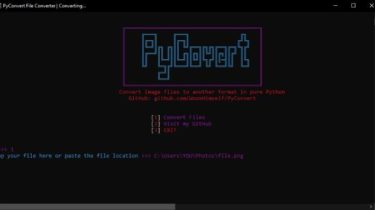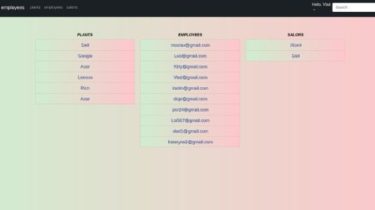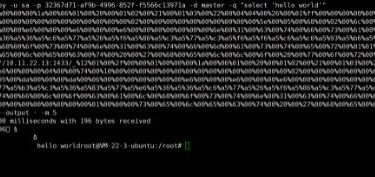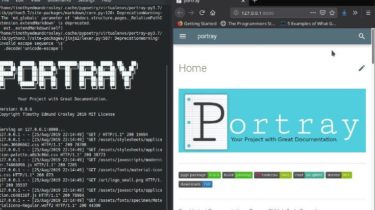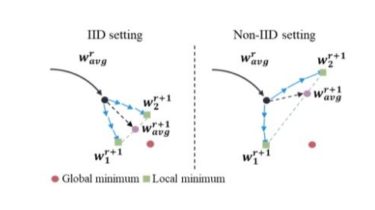Various technical documentation, in electronically parseable format
Various technical documentation, in electronically parseable format. You will need Python 3 to run the scripts and programs in this project. The parseable format commonly used in this project is JSON. Books are referenced by the name of the .json file in books/*.json. Each *.json file describes the book in more detail. Node that while the json does list parts, chapters, sections, etc. only the chapters actually referenced by the documentation are listed, at least initially.
Read more